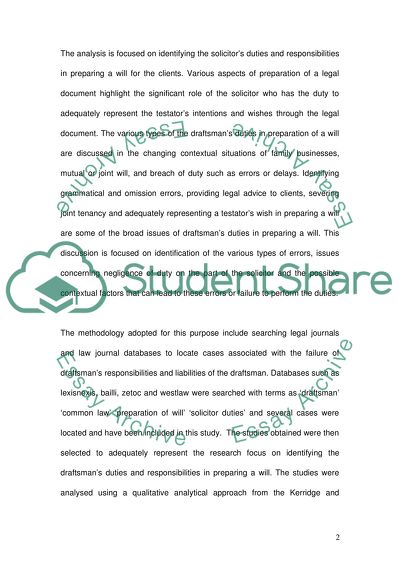Cite this document
(“Draftsmans Duty Of Care In The Preparation Of A Will Essay”, n.d.)
Draftsmans Duty Of Care In The Preparation Of A Will Essay. Retrieved from https://studentshare.org/law/1524001-draftsmans-duty-of-care-in-the-preparation-of-a-will
Draftsmans Duty Of Care In The Preparation Of A Will Essay. Retrieved from https://studentshare.org/law/1524001-draftsmans-duty-of-care-in-the-preparation-of-a-will
(Draftsmans Duty Of Care In The Preparation Of A Will Essay)
Draftsmans Duty Of Care In The Preparation Of A Will Essay. https://studentshare.org/law/1524001-draftsmans-duty-of-care-in-the-preparation-of-a-will.
Draftsmans Duty Of Care In The Preparation Of A Will Essay. https://studentshare.org/law/1524001-draftsmans-duty-of-care-in-the-preparation-of-a-will.
“Draftsmans Duty Of Care In The Preparation Of A Will Essay”, n.d. https://studentshare.org/law/1524001-draftsmans-duty-of-care-in-the-preparation-of-a-will.


